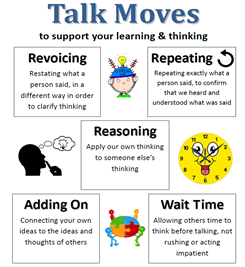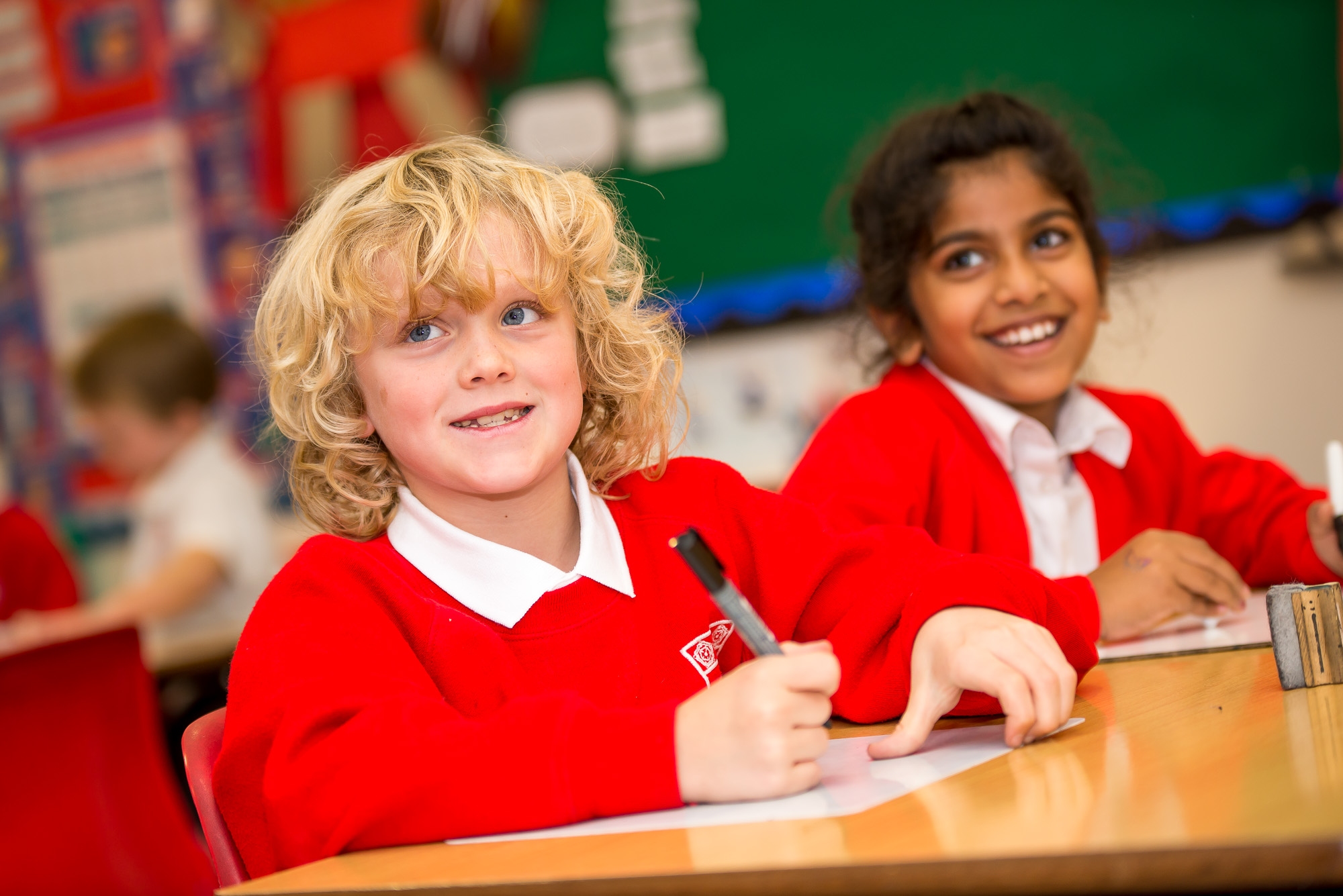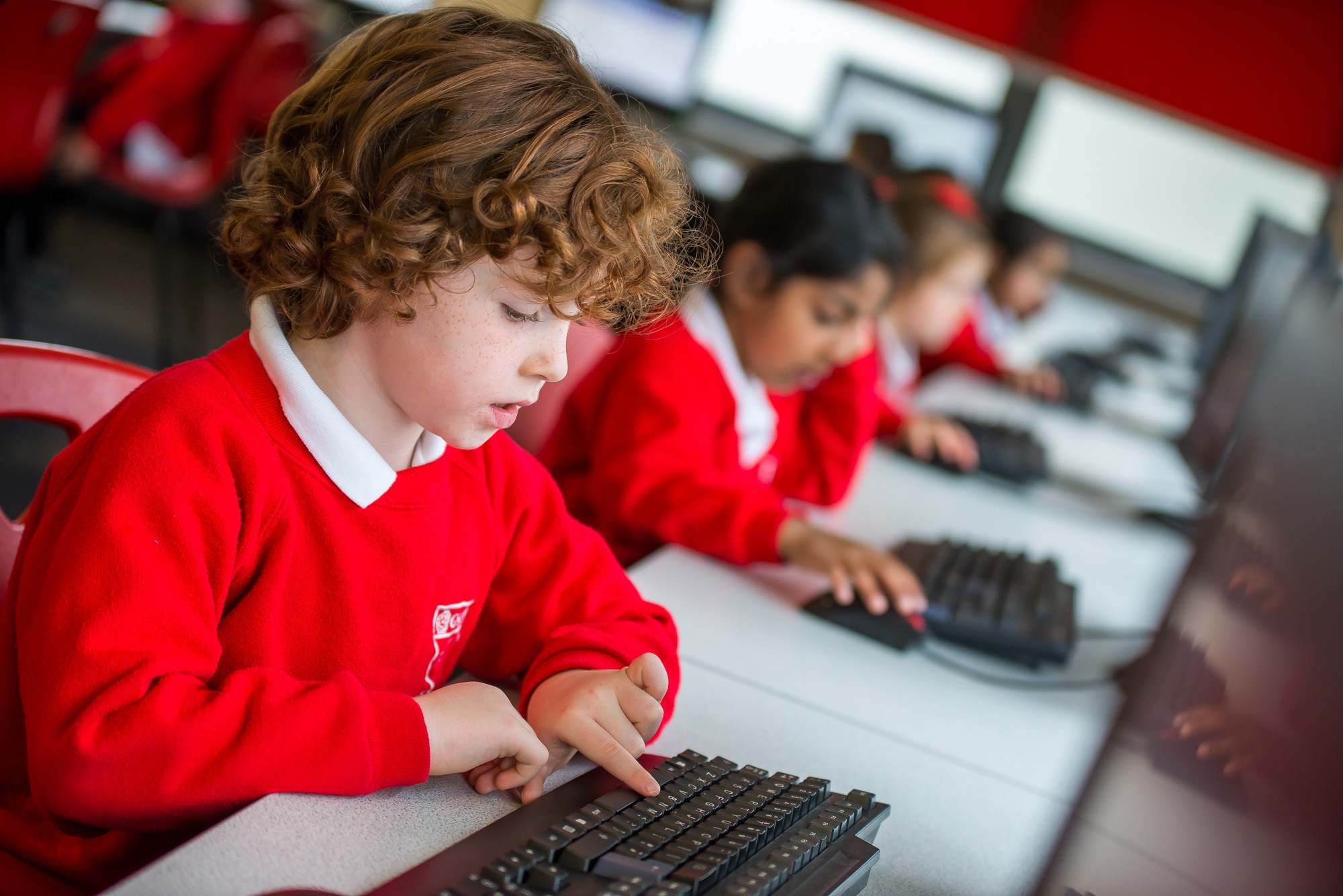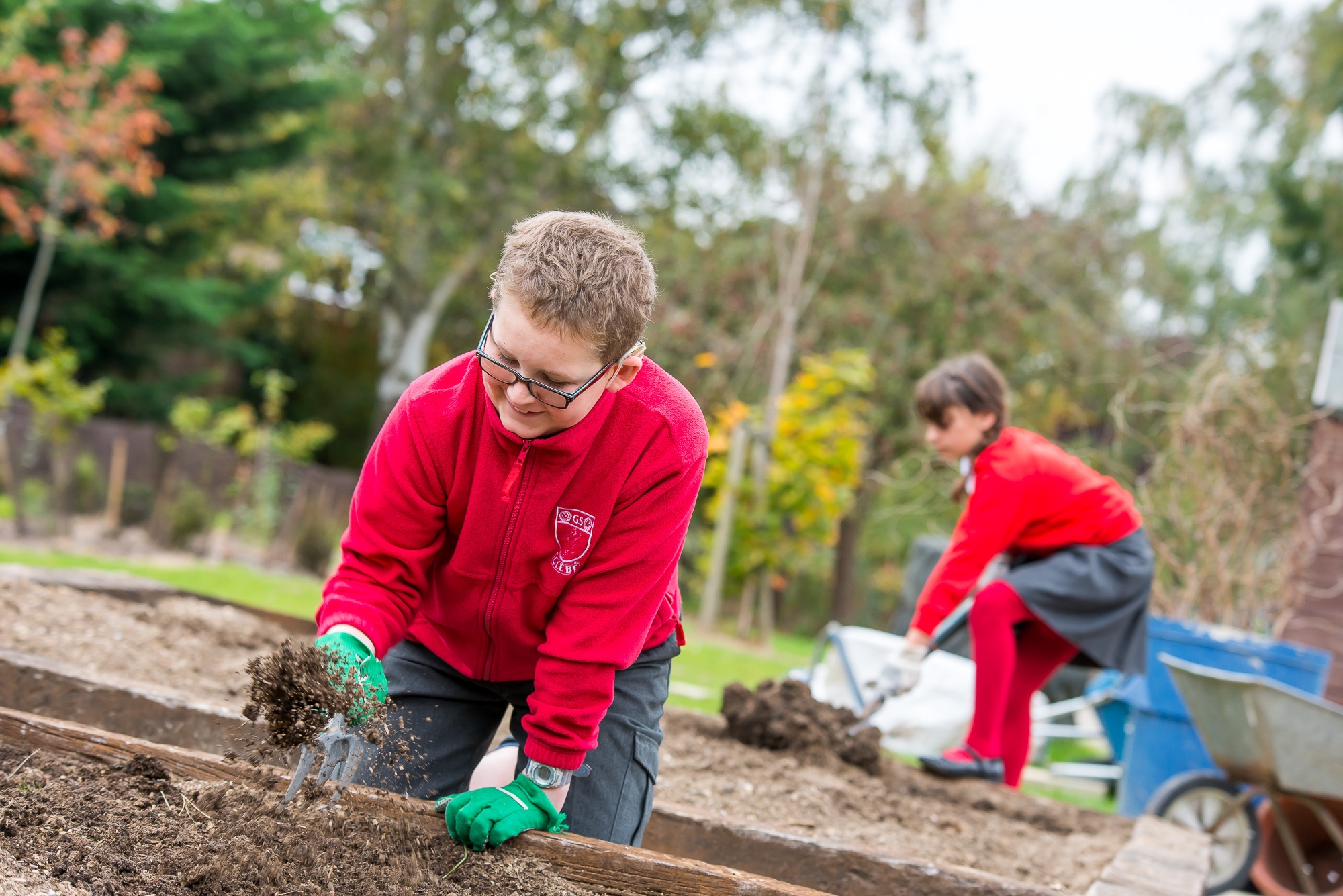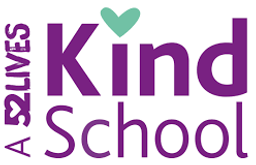Mental fluency supports number facts, tables facts and making connections. In a Number Talk, these areas form the basis for discussion and underpinning this, variation, mathematical discussion and representation. The importance of mental fluency supports easily recalled number facts from long term memory to support quick recall and longer, written algorithms. Without this both speed, written calculations are impaired and often, with this, number confidence. Number Talks were created by Kathy Richardson and Ruth Parker in the early 1990s to engage students in meaningful mathematical discourse and sense-making as well as transform the culture of the classroom to one of inquiry and curiosity.
Number talk in Year 2
Children worked in small groups to discuss which shape didn't belong. The teacher recorded their results.
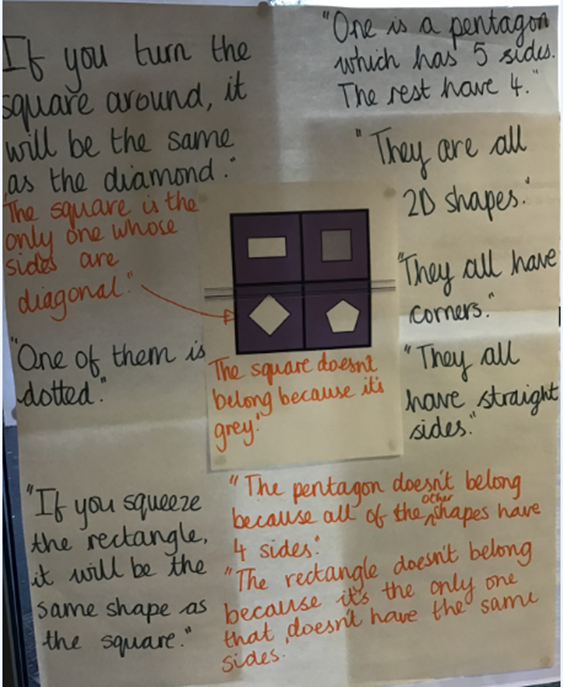
Year 2 Number Talk
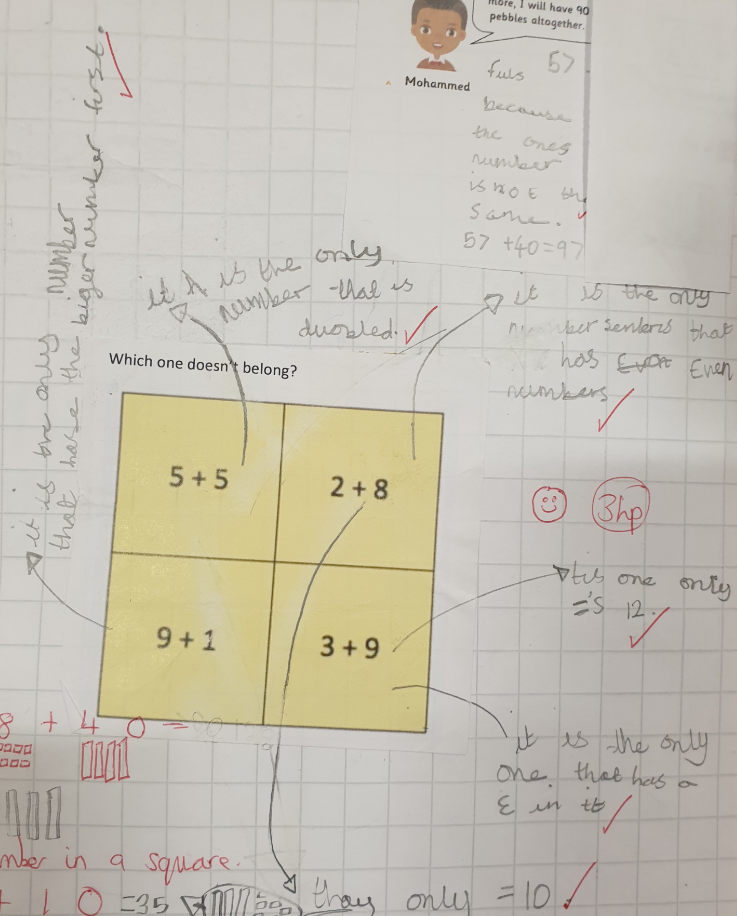
What is Number Talk?
Number Talks are an approach to developing facility with computation that engages children in thinking about numbers and allows them to add, subtract, multiply and divide using the mathematics that is meaningful to them.
The typical steps for a number talk are:
- Teacher presents an expression or problem for pupils to solve mentally.
- Allow adequate “wait time” for most students to come up with an answer. pupils can signal with a thumbs up when they have solved the expression.
- Initially, invite pupils to share their answers only, not their solutions.
- Then ask for pupil volunteers to share how they solved the problem.
- For each pupil who shares their solution strategy, chart their thinking on the board. Make sure to accurately record their thinking; do not shape or correct their response.
- Have several pupils who used different strategies share their thinking with the class.
- Invite pupils to question each other about their strategies, compare and contrast the strategies, and ask for clarification about strategies that are confusing.
Strategies to support with number talk.
